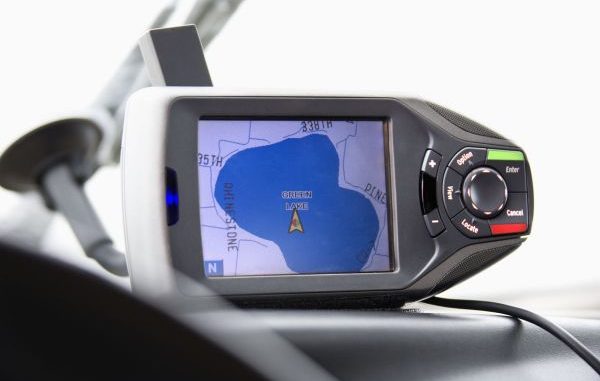
They might save you trouble with data transfer later…
I have been getting more and more requests to assist readers with finding parts and accessories for their GPS units.
Many of these readers have older units considered “legacy” or discontinued models, and the manufacturers no longer offer repair or have accessories in stock.
Many users purchased a new unit and are trying to transfer waypoint, routes and track data to their new units and find the older unit uses different data format for capturing, writing and transferring data that is not compatible with the way data is stored in the newer unit. This is true within the same brand and, most particularly true, if a different brand of unit is involved.
Converting the data from one manufacturer’s protocol to another can be accomplished with one of several data conversion programs available on the Internet or even from some of the actual GPS manufacturer. That is the easy part.
The difficultly arises in physically getting the data from one unit to a computer or to another unit.
Older units were using data cables or transfer cables coupled in a Y harness with separate power cables. The user only needed to connect the cable to the proper terminal on the GPS unit, connect one end of the Y cable to a computer and the other to a remote 12-volt DC source.
Many of these cables had serial or USB port connectors for the computer and a cigarette male plug for the power. Using a remote 12-volt supply — either a spare 12-volt battery or a 110-volt AC to 12-volt DC converter, the user could have the GPS unit powered up next to his computer. Using one of the manufacturer’s transfer programs, the user was able to copy or move the tracks, routes and waypoints from the GPS unit to the computer.
Backing up his GPS data to a computer gave the user a safeguard in the event that the GPS unit failed.
In explaining the transfer procedures to one of my seminar attendees, I stated that his brand-new unit will, at some point fail him, and that he should start preparing for that event now. The look on his face was priceless.
“I just paid over $600 for this unit, and you now tell me that it is going to fail,” he said.
I said that everything will eventually break down: your car, your cell phone, your computer, your boat, your television and, yes, even your $600 GPS unit.
I suggested he have a current paper map of the area and a reliable compass as backup in the event that his unit failed.
Once he realized what I was suggesting, he was eager to learn how to back up his waypoint data. He was lucky, in that there were accessories available for his unit to allow him to complete the backup process.
The instructions with the newer unit he had purchased detailed how to transfer the data using a spare memory card and the manufacturer’s computer-installed data transfer program.
Most newer units now use the memory card method to transfer data, but the catch is they might not use a standard memory card. Some recently marketed units used a particular memory card designed and sold only by the manufacture of that GPS line.
While there is an effort to standardize the memory card configuration, as well as the protocol required to save the data, it is not yet an industry standard.
Many of the mapping software packages sold for use in these older units will not operate in the same manufacturer’s new line.
One reader had a unit that was about seven years old that required one of the special memory cards. Naturally, it also required a special card reader writer. He was trying to locate one of these special-sized memory cards to transfer additional maps into his GPS unit. He had maps of his fishing grounds on his original card, but he was moving to Louisiana and wanted to install different maps.
Naturally, that special card is now considered a legacy product and is no longer offered for sale. I searched without success for several days.
I have one of the cards, as well as the card reader/writer, but need it for my forensic evaluation of GPS accident cases. I offered to do the transfer for him, but our locations prohibited it.
I suggested that he try social media to see if anyone had one of the special memory cards for sale. As of this printing, he had yet to find one of these memory cards.
The point is that all products have a limited time to operate as designed. Electronic devices usually have shorter life spans than other items have, especially those used in an outdoors environment with vibration.
Yes, I know GPS manufacturers attempt to limit the damage by placing the guts of the unit in a waterproof case and insulate them from vibrations, but wear and tear still has an effect on the lifetime of the unit.
So what to do?
First, now that you are over the shock of actually purchasing the unit and getting additional maps, you should consider getting some of the accessories for the unit while they are in production.
Consider a spare power cable, mounting and accessories that allow you to connect to an onboard network, as well as completing downloads to a computer. Look over the accessory catalog.
And, of course, get the additional mapping you might need, as well as your manufacturer’s computer data transfer program.
Some brands, such as Garmin, offer free downloads of these programs called Home Port and Base Camp. Humminbird calls theirs Humminbird PC, and others such as Lowrance sell a program called Insight Planner. Some others have the data transfer program incorporated in their computer mapping programs that allow users to install maps and transfer data.
Get these accessories now while you still can — they might save you in the future.


